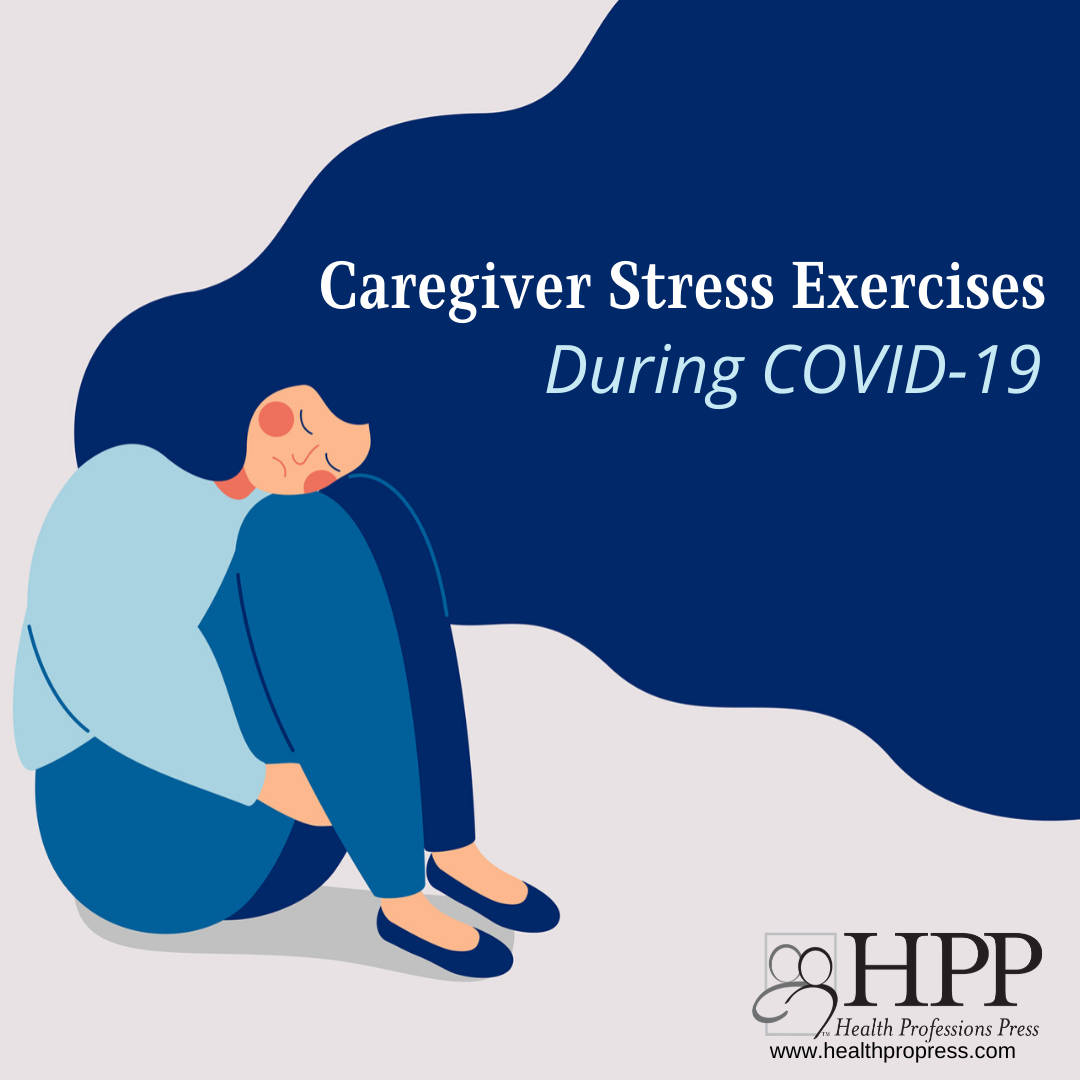
It’s critical to manage your own stress so you can keep assisting others. Find the strategy that works for you with these self-care exercises.
Mental Imagery
You can use this relaxation technique alone or in conjunction with other relaxation techniques. Remember, practicing relaxation techniques for 10-20 minutes per day can be very helpful in managing the negative side effects of stress on your mental and physical heath.
- Sit or lie down in a comfortable position where you will not be disturbed for 10-20 minutes. Close your eyes and imagine yourself in a pleasant, relaxing place, such as a beach, a park, or a forest with a stream—any place that you find relaxing.
- In your mind, focus on the details that make the scene you have chosen a comforting place. You might see the pleasant way the sunlight sparkles on water, the soft green of a patch of grass, or curtains stirred by a slight breeze.
- Hear the relaxing sounds of the place you have in mind. They might be a light breeze rustling the uppermost leaves of the trees, birds singing, or the sounds of a meal being prepared in the kitchen.
- Feel what is comforting about the place. You might feel the warmth of the sun, the weight of your body as you are stretched out in the grass, or the coziness of wearing a sweater.
- Notice the fragrances. These might be the scent of fresh earth, flowers, or a favorite meal being made.
Become aware of the sights, sounds, and sensations that you find comforting about your peaceful, relaxing place. As you do, enjoy the experience of becoming more pleasantly at ease, calm, and relaxed.
The Breath of Thanks
This breathing-focused exercise can help you to deepen your experience of the good in your everyday life. After you practice it twice a day for at least two weeks you may find that it assists in expanding your moments of peace.
First, notice your breathing. Feel your belly as it gently, effortlessly pushes out when you inhale. Feel your belly relax and soften as you exhale.
Second, notice how good it is just to breathe. Think of your breath as a gift that you simply receive. Silently say “thank you” as you exhale.
Third, allow yourself to feel fortunate for the goodness in your life, in your day. The goodness may be in the gift of such things as a gentle breeze, the wonder of a clear night sky, the gentle sounds of a contented baby, or the smile of someone you love.
Fourth, imagine that holding in your heart the feeling that you are fortunate may strengthen the feel.
Say “thank you” this way for 5 to 8 exhalations.
Source: Luskin (2003)
Heart Focus
Using this exercise may help you strengthen your ability to skillfully influence how you feel, reduce your stress, and increase your moments of peace.
First, sit or lie comfortably. Close your eyes. For about 5 minutes, each time you inhale, allow your belly to gently and effortlessly rise. Each time you exhale, let your belly relax and soften. As you continue breathing this way, go to the second step.
Second, bring to mind one of the following:
- A moment in which you felt a powerful sense of love for someone. This should not be someone with whom you currently have a grievance.
- A memory of nature’s tranquil beauty.
Vividly bring to mind the sights, sounds, feel, and fragrances of the experience with your loved one or with nature. When your mind wanders, refocus on your breathing and return to your memory of love or beauty.
Third, imagine that centering the feelings of love, contentment, tranquility, or peace within your heart may increase and strengthen the feelings.
You may notice that your general stress level has decreased after about 2 weeks of practicing this exercise, if you:
- Practice 3 days a week
- Practice at least 10-15 minutes each week
- Practice for a total of 60 minutes each week
Source: Luskin (2003)
Positive Emotion Refocusing Technique (PERT)
This exercise may be most helpful after you have practiced other stress management exercises, such as those based in breathing-focused relaxation and mental imagery, for at least two weeks.
- Breathe by letting your breath gently push out your belly. Let your belly relax and soften as you gently exhale.
- One your third exhalation, do one of the following:
- Visualize someone you love.
- Visualize a scene of awe-inspiring natural beauty.
Continue belly breathing.
- Imagine that the positive feelings of love or awe are centered within and around your heart, to strengthen the feelings.
- Wherever your positive feelings are centered in your body (perhaps your heart), ask that part of yourself, “What can I do to resolve this difficult experience?”
Source: Luskin (2003)
These caregiver stress exercises were excerpted from Caring for People with Challenging Behaviors: Essential Skills and Successful Strategies in Long-Term Care, Second Edition by Stephen Weber Long, Ph.D. Copyright © 2014 by Stephen Weber Long. All rights reserved.
Read the book
 Caring for People with Challenging Behaviors
Caring for People with Challenging Behaviors
Essential Skills and Successful Strategies in Long-Term Care
Second Edition
Copyright © 2014 by Stephen Weber Long. All rights reserved.
Use this book’s proven intervention tools and strategies to identify and satisfy the basic human needs that underlie challenging behaviors, as well as to encourage and reinforce positive behaviors. With detailed vignettes illustrating the successful implementation of each recommended technique for addressing common challenging resident behaviors, this book also focuses on empowering caregivers to cope with the stress of their roles.
